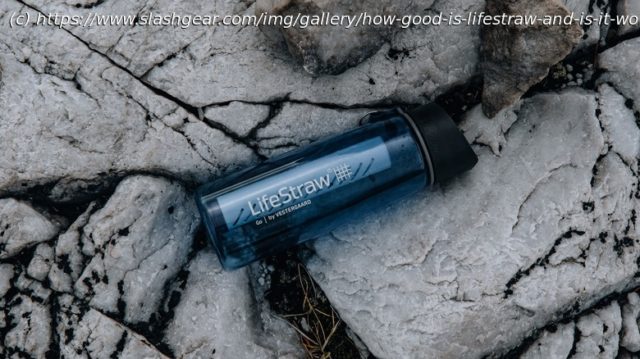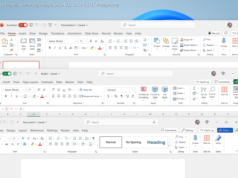LifeStraw helped pioneer the personal water filter nearly 20 years ago. But whether you need one on a camping trip depends on where you’re going and how long.
While many beautiful things come with camping, having limited access to clean water is not one of them. For adventurous spirits, finding new campgrounds and staying in remote areas can be thrilling, but the price you have to pay is possible exposure to contaminated water.
According to the Centers for Disease Control and Prevention (CDC), ingesting contaminated water can lead to diarrhea, vomiting, and stomach pain. Whether for drinking, cooking, or brushing teeth, it’s always important to be cautious about what we let into our bodies. Despite looking clean, unfiltered water can contain a host of bacteria, chemicals, or even parasites, which can lead to temporary or long-term health issues.
In previous times, campers have resorted to things like boiling water or adding water-purifying chemicals like iodine. These days, brands like LifeStraw make it possible to filter a variety of risky contaminants to make water safe to ingest conveniently without adding additional risks. But what is LifeStraw, how does it work, and is it worth it for your next camping trip?What is LifeStraw?
In 1999, Vestergaard created the initial prototype for LifeStraw to help filter out Guinea worm lava and prevent Guinea worm disease. Six years later, LifeStraw evolved to become an award-winning tool for providing potable water in humanitarian aid with its straw filter design. Using hollow fiber membrane technology, its microscopic holes filter out bacteria, parasites, dirt, and even microplastics. LifeStraw describes its technology as a „super advanced spaghetti strainer or tea sieve.“
In its original design, the LifeStraw personal water filter ($19.95) was composed of ABS plastic, weighed 1.6 ounces, and was meant to last up to 1,000 gallons. For its straw filter model to work, you need to quite literally suck it and move water through its 0.2-micron pores. In 2013, LifeStraw released its first refillable water bottle, which targets the outdoor consumer market. Since then, it has expanded its product line to include bottle filters, dispenser filters, gravity filters, pitcher filters, and high-volume filters.






